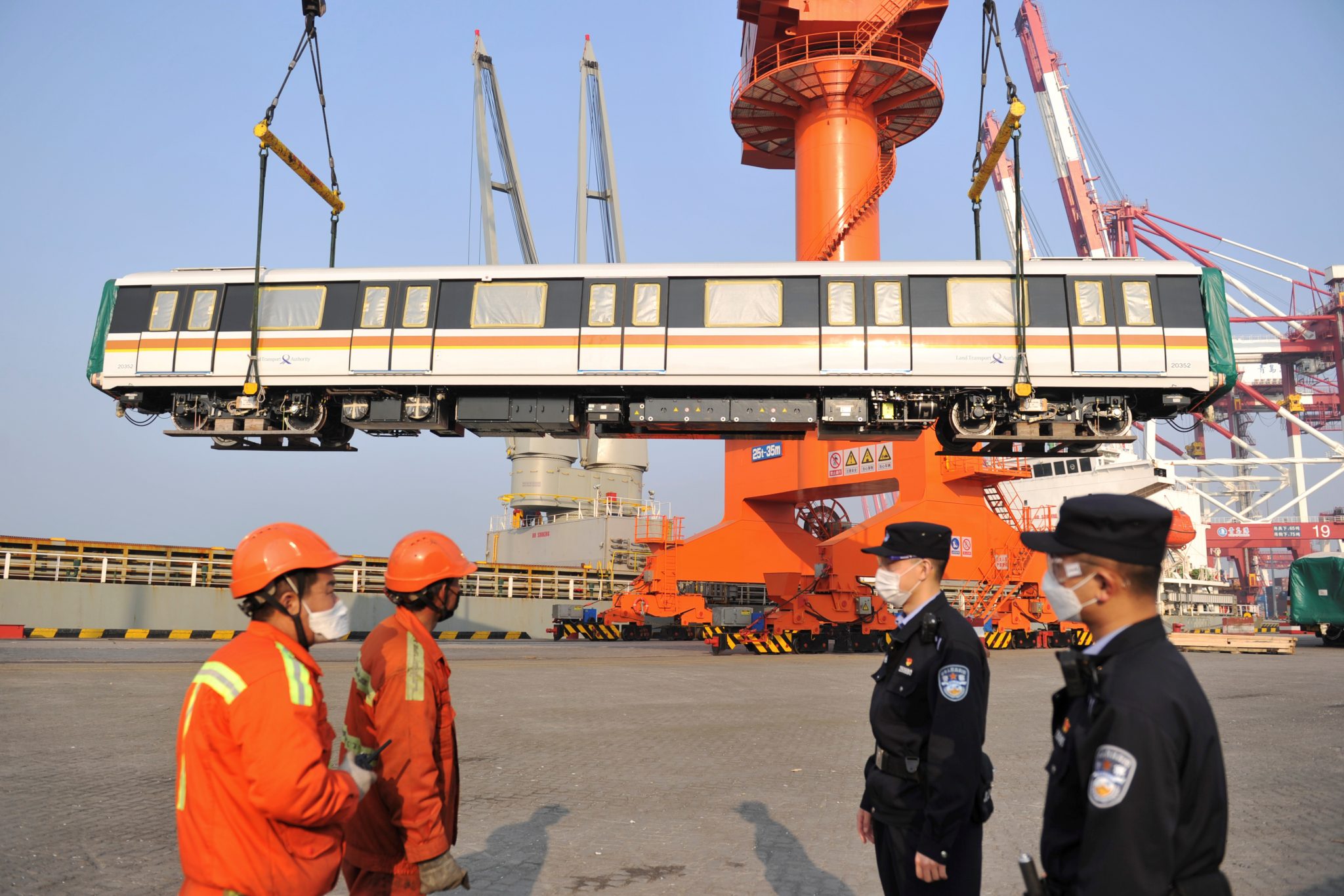Author: Iman Pambagyo, Jakarta
Considered one of the world’s largest regional free trade agreements, the Regional Comprehensive Economic Partnership (RCEP) stole the world’s attention once again as it entered into force on 1 January 2022.
Representing 30 per cent of the world’s population, the agreement epitomises how its 15 participating countries with stark differences in political, economic and social systems managed to bridge these gaps during seven years of negotiations.
The agreement was eventually signed in November 2020 amid continuing trade tensions between the United States and China as well as the spread of COVID-19, the combination of which has caused unprecedented disruptions in global trade.
The conclusion of the RCEP negotiations serves as yet another example of the importance of constructive engagement to building mutual understanding and closing the gaps between states. Pursued under the principle of ASEAN centrality, the negotiations provided a platform to develop rules and procedures that helped parties — big and small — to calibrate their ambitions. The bigger economies in the group were unable to exercise their power over others fully as contending states were constrained by procedure and pressure was watered down.
The document that resulted from this ‘dynamic equilibrium’ — a term coined by former Indonesian foreign minister Marty Natalegawa — is an agreement which allows flexibility without compromising commitments and provides room for cooperation to narrow gaps that remain as the agreement is implemented. Peter Petri and Michael Plummer emphasise that ‘the effects of RCEP are impressive even though the agreement is not as rigorous as the CPTPP (Comprehensive and Progressive Trans-Pacific Partnership). It incentivises supply chains across the region but also caters to political sensitivities’.
Now that the RCEP Agreement has entered into force, parties will focus on the full implementation of their commitments. It is the task of the RCEP Joint Committee, with the support of the RCEP Secretariat, to facilitate the implementation of the agreement, monitor parties’ compliance and enforce their commitments.
There is one area of the agreement to which RCEP parties must give special focus: developing and delivering a cooperative work program as mandated by Chapter 15 ‘Economic and Technical Cooperation’ under the RCEP Agreement.
Pursuing economic and technical cooperation among RCEP member countries needs to be high on the agenda as the Partnership is not only designed to advance trade and investment liberalisation. Chapter 15 of the agreement also provides a framework for realising development objectives through the RCEP Agreement.
RCEP member states agreed that economic and technical cooperation in RCEP should aim to narrow development gaps and maximise mutual benefits. The agreement is also intended to facilitate the expansion of regional trade and investment and contribute to global economic growth and development.
The rationale for giving priority to economic and technical cooperation under RCEP is twofold. The agreement has entered into force at a time when global value chains are being reconfigured — if not challenged by the ‘winners’ of trade — both on cost grounds and also increasingly on the basis of political and security considerations. RCEP parties, and in particular developing and least-developed countries, need to strengthen their regulatory systems to enable them to seize the opportunities arising from the reconfiguration of global value chains.
RCEP countries differ from one another in terms of regulatory systems and economic potential, including labour capacity in developing sectors. Economic and technical cooperation will enable RCEP member states to coordinate policies in line with their respective economic capacities and to build these capacities while addressing the challenges caused by disruptions in global value chains.
Economic and technical cooperation can also serve as a platform for parties to build mutual understanding, promote collaboration and moderate potential tensions. Seven years of close engagement through 31 rounds of negotiations at the senior official level, 11 intersessional ministerial meetings, eight ministerial meetings, three summits and intense multi- and bilateral negotiations on market access should offer parties a strong bond though which to continue their collective journey to improving the lives of RCEP’s 2.3 billion people. This is no small feat at a time when global trade has become more fragmented along geopolitical lines.
This soft asset could be nurtured further through economic cooperation in various forms, including dialogue on major issues, exchanges of experts and joint research. As Mari Pangestu and Peter Drysdale suggested in a 2019 article for East Asia Forum, RCEP economic security will help strengthen political security in the region.
In a time of great uncertainty, the RCEP Agreement provides an opportunity to contain potential conflicts and focus instead on common purposes to elevate the economic, political and social welfare of RCEP’s citizens.
Iman Pambagyo is the former chairman of the RCEP Trade Negotiation Committee.
This article appears in the most recent edition of East Asia Forum Quarterly, ‘Comprehensive Regional Security’, Vol 14, No 4.



















Discussion about this post